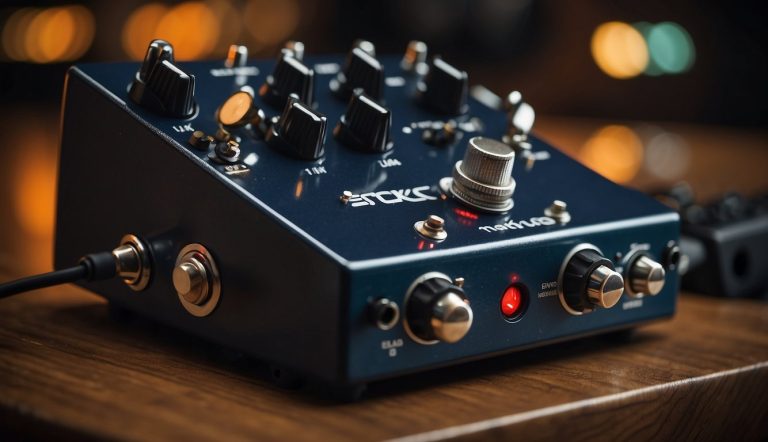Different Ways to Filter an Audio
Filtering an audio is one of the most essential processes in refining a mix. It is also one of the easiest things to do so you don’t have to sweat over it. In fact, once you learn the basics and try to explore the features of your chosen plug-in, everything about filtering will be as easy as pie.
Features differ from one plug-in to another. So to achieve the desired the quality of audio you want, you must also get the appropriate plug-in. Here are varied ways in filtering your audio and the suggested tools you can use to achieve them.
Photo Source: https://www.youtube.com/watch?v=blrX2R9o3rk
Stay with the basic and keep things simple.
You can keep your audio edit simple and easy. If you want to have things a little faster too, then you can choose plug-ins that are not too complicated but is complete with all the essentials including an extensive input-output section, graphic interface, resonance and slope, filter type, frequency, etc. All of these are useful in going from subtle mixes to the extreme in fast, easy steps. What you need is to master the basic controls and you can even automate far more complex filter processes if you want. Fabfilter Simplon and Sonalksis TBK1 Creative Filter are some of the recommended plug-ins to achieve this. The best thing about these is that it keeps the audio clear and clean.
Go classic with a hardware emulation.
Only a few would remember that you can actually edit an audio with a hardware emulation. This is mostly because software are more convenient and are actually cheaper. Still, some professionals claim that the quality of an audio edited using component modeling and hardware is more exceptional than the ones from digital filter. However, this is not entirely true.
There are several plug-ins offered today, like Arturia Minimoog V, which offers authentic audio result through their high-class filtering tools. Though it may take much of your CPU overhead and cost you more than the usual, the quality of the mix is worth every penny spent. You can load personalize FX and use the extensive synthesis section to feed audio signal. Indeed, if you wish to go classic, then choose the above-average tools.
Use advanced skills with more features.
Another way to filter an audio is to use more features a plug-in can offer so that you can expand your creative power and be more flexible in editing. You can only do this if you’ve already mastered the basics. If you want to create more impact with your mix, then use advanced processors.
Advanced plug-ins, like Audio Damage Dr. Device, offers more than just the regular filtering controls. They mostly have extra features like LFO for modulating audio with a certain kind of twist or a 24 slot drag and drop modulation matrix. With plug-ins like these, your limit is only your creativity. With your boundless supply of ideas, then there’s a big probability that you can create a more unique audio concept. Spend time exploring the extra features and don’t be afraid to try something new every time. It is best if you find the right technique perfect for your kind of mix.
Photo Source: http://www.fabfilter.com
Exhaust filtering plug-in that comes with your DAW.
If you’re confident that the filter plug-in that comes with your DAW is more than enough for the filtering processes you plan you employ with your audio, then there’s no need for you to spend at all. There are many software packages that includes the tools you need for filtering. These include Cubase, Digital Performer, etc.
Inclusions of the package could be the following: envelope generators, input-output stages, several LFO, etc. Though it’s true that the features are limited, if you use them wisely, you’ll be able to create an audio with great resonance and satisfactory output.
While you can freely choose the kind of method you want to employ in filtering your audio, it is important to remember not to overdo editing. Therefore, if you think that a simple filtering is enough, then you can stay with the basic plug-ins.




